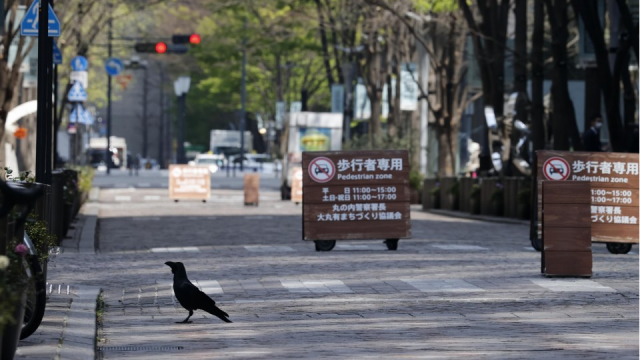A Japanese team has shown that time at the Tokyo Skytree tower’s observatory at around 450 meters above sea level passes four nanoseconds faster per day than at near ground level.
The finding based on extremely precise “optical lattice clocks” that only go out of synch by one second in 16 billion years proves Albert Einstein’s general theory of relativity, which predicts clocks in a strong gravitational field will tick slower than those in a field with weaker gravity.
The outcome of the research led by Hidetoshi Katori of government-backed research institute Riken’s Quantum Metrology Laboratory and the University of Tokyo, conducted from October 2018, was released on April 6 in the online scientific journal Nature Photonics.
The team, also involving Geospatial Information Authority of Japan, has succeeded in miniaturizing optical lattice clocks so they can become transportable and placed two of them at 456.3 meters and 3.6 meters above sea level, respectively, on the 634-meter world’s tallest broadcasting tower.
On a weekly average, the clocks showed time runs four nanoseconds faster per day at the observatory than near the ground.
“Clocks can distinguish small differences in altitude, allowing us to measure ground swelling in places such as active volcanoes or crustal deformation, or to define the reference for height,” said Katori in Riken’s press release.
“We wanted to demonstrate that we could conduct these accurate measurements anywhere outside the laboratory, with transportable devices. This is the first step toward making ultraprecise clocks into real-world devices,” he added.
The clocks are expected to be used to study minute movements of the earth’s surface caused by earthquakes or volcanic eruptions, the researchers said.

The clocks, which measure time based on the vibration of numerous strontium atoms in a laser-generated optical lattice, are nearly 1,000 times more precise than the current international timekeeping standard clock based on the vibration of cesium atoms.
The researchers made the optical clocks insensitive to temperature changes, vibrations and electromagnetic fields.
Performing a stringent test of Einstein’s theory requires either a very precise clock or a large difference in height. Outside of the laboratory, the best tests have so far been undertaken by satellites, at altitudes that are thousands of kilometers apart.
Katori said that the study demonstrated a precision “comparable to the best space-based measurements.”
“This is the world-first achievement and puts Katori closer to receiving the Nobel Prize,” said Masami Yasuda, a group leader at the National Institute of Advanced Industrial Science and Technology.
 (View from the observation deck of Tokyo Skytree.)
(View from the observation deck of Tokyo Skytree.)



